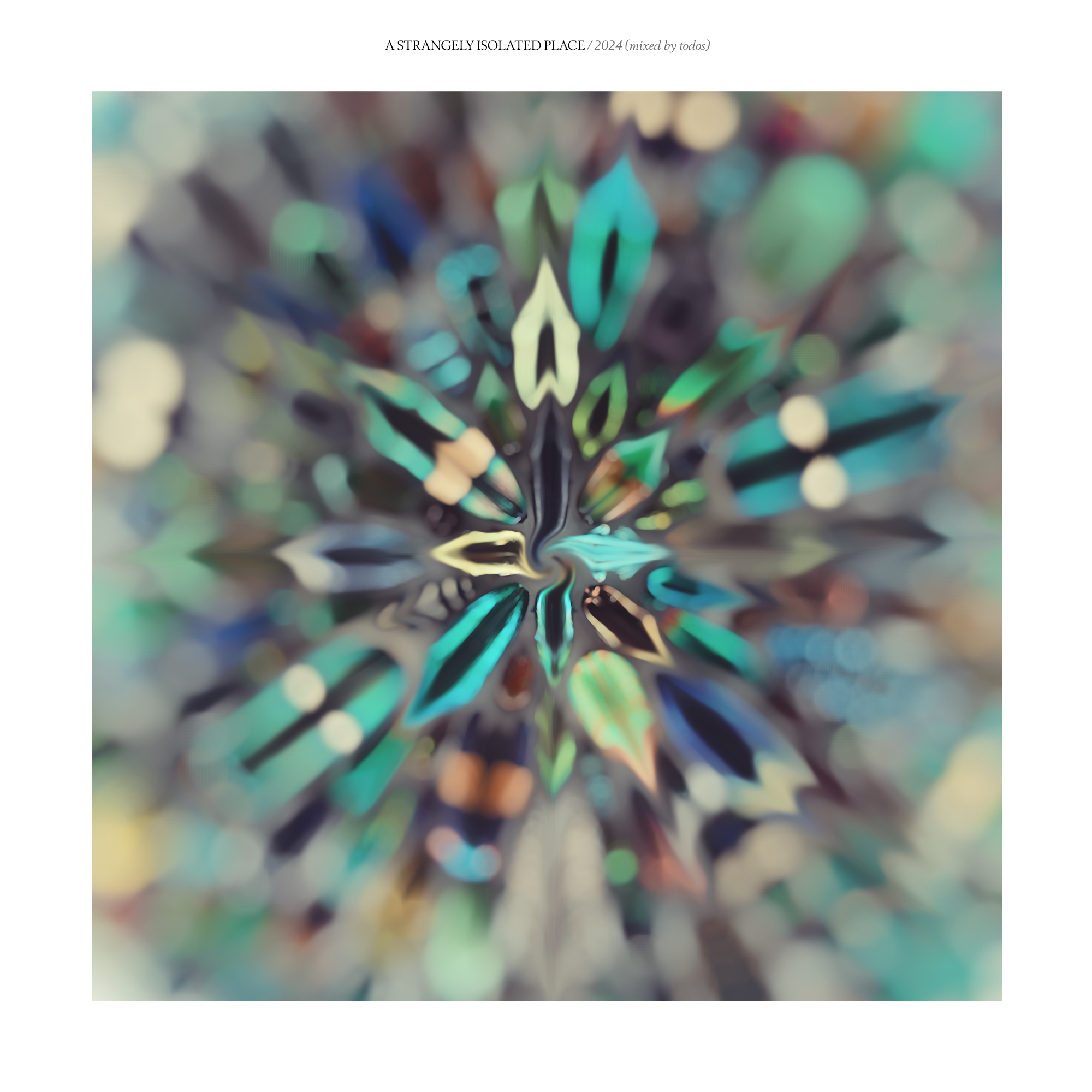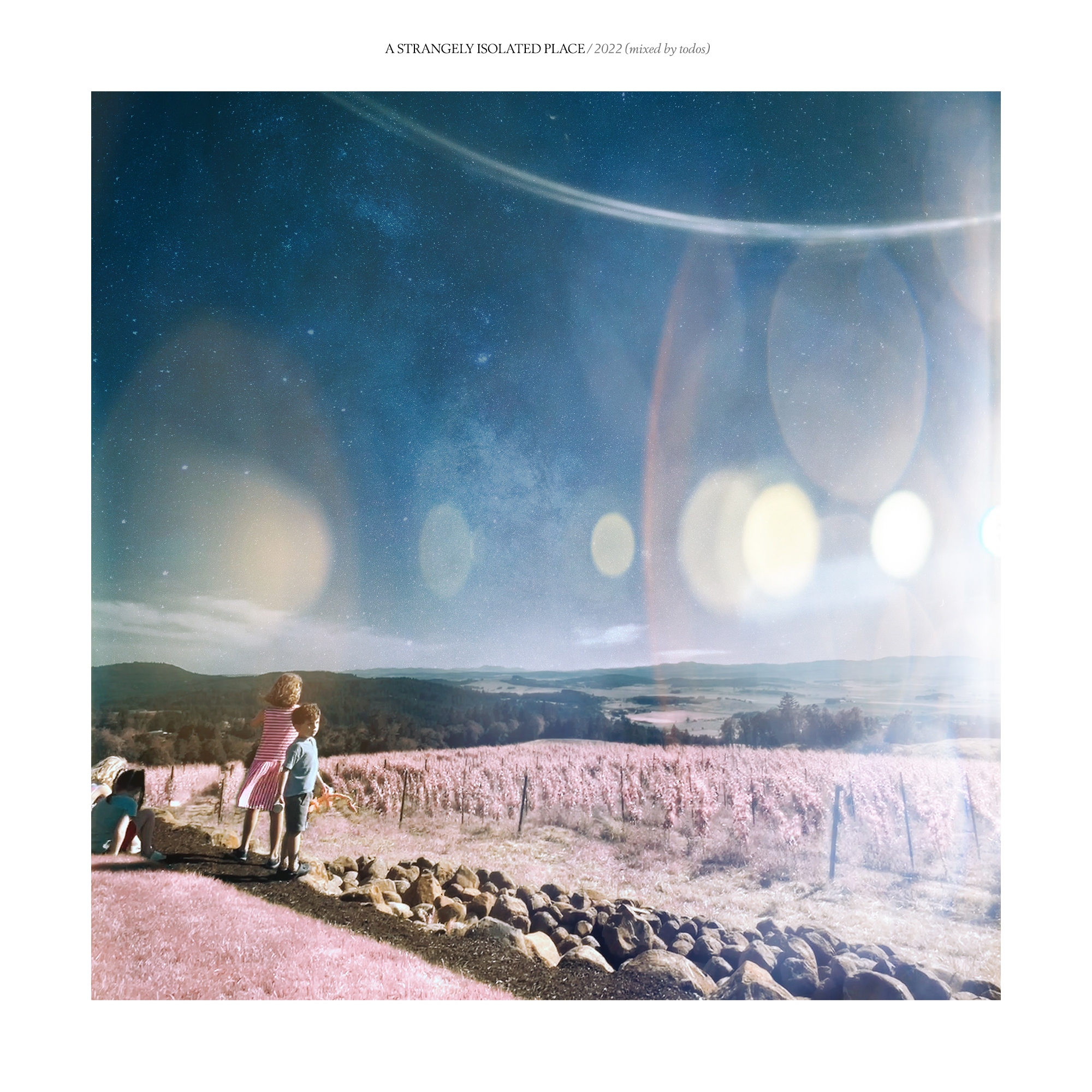Seats taken, and the space filled 20-minutes before the first note was played. Nils and Olafur have become infamous for their performance on this tour and this was destined to be one of the highlights. Nils didn’t waste any time in taking to the piano and beginning his ‘Spaces’ performance with Olafur joining him shortly at the start with a glass of wine (or juice as Nils may have it). My review of ‘Spaces’ pretty much sums up how fantastic it was should you want an overview of the entire performance, however in a twist of fate relating to his album inspiration, a raggae sounding ring-tone interrupted Nils’ flow in the middle of his switch into ‘Hammers’, only for Nils to stop, give a smile to the crowd (as if to thank them for the inspiration of his latest album) and switch from the Rhodes straight back into his emotional flow. This moment happened at almost exactly the same time as it does in his new album ‘Spaces’…
Nils quoted on ‘Spaces’ that the audience are his main inspiration for how a performance will grow and develop, and during “Over There it’s Raining”, the silence felt from the room was almost unreal – it seemed to inspire Nils to approach this particular track even more softly than normal. Some of the most, quiet, delicate and intricate piano playing I’ve ever witnessed, balanced with his multi-piano manipulations.
Nils stood up to end the set with the synth-laden “Says” and powered his way through to a well-deserved crowd joining him with a standing ovation. I experienced his genuine gentleness and humour when i interviewed him the day before, but watching him perform is like witnessing a dark-magician alter-ego conjuring up a musical storm – a genius, mystical, out-of-this-world experience.
Ólafur started with his audience-sample loop, similar to my experience at Hackney Empire last November and continued with tracks from ‘For Now I am Winter’, delivered as always, in spectacular fashion alongside plenty of audience banter. Every girl in the room was swooning at his Icelandic charm and modest jokes. Whilst Ólafur is an easy focus of attention, he gave plenty of room for his violinist to shine, who delivered a ridiculous solo. And the unselfishness continued as Ólafur invited ‘For Now I am Winter’ vocalist, Arnor Dan to the stage to deliver the album’s title track – an amazing voice which really shone on the big stage. As Arnor walked off to leave Ólafur to finsih, he gave a little punch to the air as if to congratulate himself on how well it went.
Like every single Optical performance at Decibel so far, Ólafur was greeted with a standing ovation from the crowd and once again, these musical geniuses had won the hearts of every single person in the room.
The night wasn’t even finished and I was rushing over to The Crocodile for another highly-anticipated showcase by Ghostly International. Label newcomer Dauwd began the night amongst a fire-alarm evacuation and finished on spectacular form with his melodic, layered driving electronica. This is only his second tour with Ghostly and he already looks a part of the Ghostly furniture.
Beacon followed and sent the room into a hazy, dreamy state as eager eyes fixed on the duos silhouettes and angelic vocals. Lusine was quick to follow and like a forgotten godfather of electronic music, laid down the dance-floor friendly electronica law – simple, clean and just damn good, people can’t help but smile and enjoy Jeff’s productions, especially as he debuted some brilliant new material.
Two-years ago, Shigeto was warming up for his label-mates, but now takes centre stage after his recent album has caused a stir. Adorning Portland-esque trendy lightbulbs amongst his synths and drum kit, Shigeto wasted no time in sending an expected Ghostly crowd into a hip-chopped electronic frenzy. Amongst thanks to Decibel and gratuities to the other performing artists, Shigeto, as always, gave it 110% and is now a well-deserved head-liner.
One last performance of the night and I was off to catch Max Cooper at Q. Despite the millions of remixes, live sets and DJ recordings i’ve heard from Max this was to be my first time catching him live. Walking in, and you could immediately sense a different vibe from the first night’s experience at Q – the sound was much better, the crowd were already in full flow and Max was dropping his signature sound from one-track to the next. He even paid homage to the earlier Olafur performance with a subtle little remix from (what I can remember) ‘For Now I Am Winter’ – maybe an unreleased gem we can look forward to?
Saturday. The original heroes. Performances by Juan Atkins, The Orb, John Tejada, Matias Aguayo, Thomas Fehlmann.
There was only really one act I wanted to see on the Saturday – The Orb. Everything else took a back-seat, however it ended up being one of, if not my favourite nights.
I chose to skip the Zola Jesus Optical show at The Triple Door, which going by everyone else’s feedback was a mistake – an acoustic set backed by an orchestra apparently. However, my absence meant I got to the Showbox venue early enough to grab a table and wait for The Orb to appear.
I forgot that Juan Atkins was also on the bill and as soon as he stepped up with his choppy mixing and energetic detroit techno, I was gravitating towards the dance floor. Not a moment too soon and the legendary Alex Paterson and Thomas Fehlmann graced the stage to a rapturous applause.
What followed may not have been an original performance – it was raw, it was familiar, it was swampy, it had Alex Paterson smiling from ear-to-ear and Fehlmann rocking like a possessed doctor, but it was The Orb and it was great. Edits of ‘Little Fluffy Clouds’ amongst other classic cuts, a quick glean at the crowd and every single person, including The Orb were witnessing a rather special reunion set. Apart from the Optical Showcases, this was the only crowd I witnessed at Decibel who seemed 100% obsessed and locked into who they were watching. It was great to see middle-aged balding men (no comment – I’m one of them) and psychedelically dressed hippies grinning and nodding to their heroes from years gone by.






























